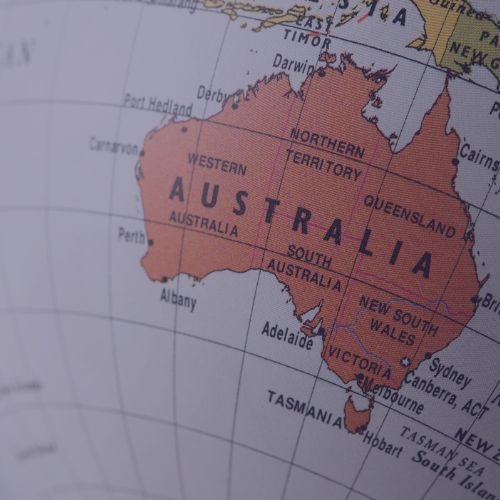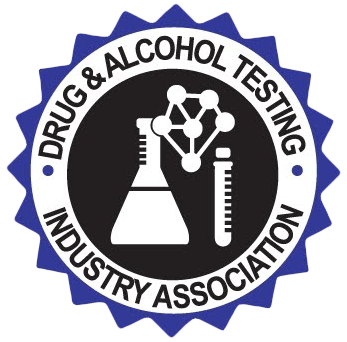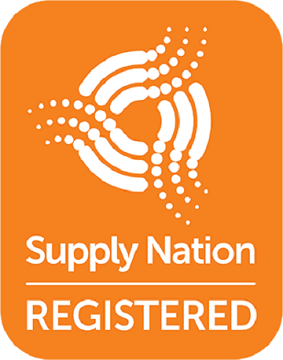
2024 Insights
Overview – Drugs in focus: COC, AMP, THC, OPI, Ketamine, Alcohol
Hair analysis provides a powerful window into historic and habitual substance use. Leveraging hair-testing data compiled in 2024, this report examines trends in Australia’s consumption of substances; cocaine, methamphetamines, tetrahydrocannabinol (THC), opiates, ketamine, as well as alcohol. By comparing these findings with earlier years, we uncover significant shifts in usage patterns, offering a detailed portrait of how drug and alcohol consumption are evolving across the nation.
What is Hair Testing and How Is It Effective?
Hair testing, often incorrectly called “hair follicle testing”, analyses the inner cortex of the hair shaft rather than the follicle itself. When a person consumes a drug, the parent compound and its metabolites circulate in the bloodstream and become incorporated into the growing hair’s cortex. Because hair grows at approximately 1.3cm per month, a 3.9cm sample cut close to the scalp can provide a chronological record of use over approximately 90 days. Unlike urine, blood, or saliva tests, hair testing is highly resistant to tampering or short-term abstinence; simply ceasing drug use for a few days before testing will not alter the embedded timeline of exposure.
This robustness makes hair testing an especially effective tool for detecting historic and habitual drug use. The non-invasive collection requiring only a small, discreet hair sample, combined with its long-term detection window, enables reliable identification of chronic or habitual use across multiple drug classes, including alcohol (EtG) and a broad spectrum of illicit drugs.
Data Collected from Hair Tests Conducted by Psychemedics Australasian Division 2024
Brassets Group has collated hair testing data conducted by Psychemedics Laboratories in 2024. Of the tests conducted in 2024, 45.4% registered a positive result, marking an alarming 3.3% increase on detections from 2023. This report will focus on the following substances: cocaine, tetrahydrocannabinol (THC), opiates (codeine, oxycodone and 6-MAM), methamphetamine, ketamine, and alcohol.
Cocaine
Cocaine consumption in Australia remains elevated compared to pre-pandemic levels, despite a decline since December 2023. In August 2023, Brisbane and regional Queensland reported the highest levels of use since 2016 (The University of Queensland, 2023; Courier Mail, 2024). Sydney continues to be a key hotspot, while regional areas, particularly in Queensland, have shown rising levels of consumption.
Data compiled by Brassets Group from 2020 to 2024 illustrates a volatile trend in cocaine concentrations, with significant fluctuations across most percentiles. In 2023, there was a sharp increase in use, particularly among higher-consuming individuals. However, 2024 data reveals a notable decline across all percentiles, including a drop in the 100th percentile from 756.04 ng/mg to 395.16 ng/mg.

Methamphetamine
Methamphetamine continues to dominate Australia’s illicit drug landscape, with national consumption remaining above historical levels. Adelaide recorded the highest capital city consumption in April 2024, and regional SA and WA remain high-risk areas (ACIC, 2024; Adelaide Now, 2024; The Daily Telegraph, 2024). The drug accounts for approximately 85% of the illicit market’s $10.5 billion value (ACIC, 2024). Brassets Group’s data from 2020 to 2024 shows a consistent upward trend in methamphetamine concentrations, with the 100th percentile rising from 304.26 ng to 444.00 ng.

THC
Cannabis is the most widely used illicit drug in Australia, with regional consumption nearly double that of capital cities (The Guardian, 2024). South Australia is a particularly high-use region. However, it is important to note that hair and wastewater testing cannot differentiate between medicinal and recreational cannabis use. Percentile analysis shows a clear increase from 2020 to 2024, with the 50th percentile rising from 22.00 pg/mg to 83.90 pg/mg, and the 100th percentile reaching 509.24 pg/mg in 2024.

Ketamine
Ketamine use is increasing nationwide, with record excretion levels detected in both metropolitan and regional sites. Hobart reported the highest average ketamine consumption in December 2023 (Sky News Australia, 2024). In response, In August 2024, Brassets Group added ketamine to its standard hair testing panel to better detect and respond to emerging trends.
Opioids
Recent wastewater analysis has revealed key trends in opioid consumption across Australia, with varied patterns across substances and regions. Oxycodone use has fluctuated significantly over the past five years. While consumption levels declined nationally in 2023, 2024 data indicate a resurgence, particularly at mid-to-high percentiles. This rebound follows several years of decline in lower percentile groups, suggesting changing patterns in accessibility or misuse among different population segments.
At the national level, fentanyl consumption has decreased overall, yet capital cities have experienced a marked increase, highlighting growing urban demand for this highly potent synthetic opioid (ACIC, 2024). This contrast between regional and metropolitan areas is critical in shaping public health and enforcement strategies.
Codeine use has continued its steady national decline, largely attributed to tightened regulatory controls on over-the-counter sales introduced in previous years (The Guardian, 2024). While these changes have reduced general accessibility, disparities in opioid consumption persist between urban and regional populations.

The Australian Criminal Intelligence Commission (ACIC) noted record-low levels of oxycodone and fentanyl use in regional Australia in April 2024, underscoring the effectiveness of targeted interventions and monitoring programs (Sky News Australia, 2024; ACIC, 2024). Despite these positive developments, the re-emergence of higher percentile oxycodone use signals that opioids remain an ongoing concern in Australia’s drug landscape.

Alcohol
Alcohol use, measured by EtG levels, peaked in 2022, with the 100th percentile reaching 518.42 ng. Levels have since stabilized, with 2023 and 2024 showing a gradual decline. Despite the decrease, high percentile values remain prominent, underscoring continued excessive consumption in some segments of the population. Regional areas tend to report higher alcohol use compared to urban areas (ABC News, 2024).

Conclusion
The 2024 drug and alcohol testing data in Australia reveal evolving patterns in substance use, with both encouraging and concerning trends. While there has been a decline in extreme cocaine and alcohol use, substances such as methamphetamine, cannabis, and ketamine show rising prevalence, especially in regional areas. Hair testing continues to prove effective in detecting chronic and long-term substances, offering insights missed by traditional methods. The inclusion of ketamine in standard testing panels reflects Brassets Group’s responsive approach to new drug trends. These findings highlight the importance of ongoing monitoring, public education, and targeted intervention across Australia (Brassets Group, 2024; ACIC, 2024).
References
ABC News. (2024, May 23). Methamphetamine, cannabis, nicotine and alcohol usage rates rising in regional Australia. https://www.abc.net.au/news/2024-05-23/drug-alcohol-use-increasing-in-regional-australia/103845462
Adelaide Now. (2024, May 24). Adelaide records highest capital city methamphetamine consumption in the nation, study reveals. https://www.adelaidenow.com.au/news/south-australia/adelaide-records-highest-capital-city-methamphetamine-consumption-in-the-nation-study-reveals/news-story/5ac1cd6ec111bb2274d5e4b1d4ed13b4
Australian Criminal Intelligence Commission (ACIC). (2024, May 23). Wastewater report reveals drug use trends in Australia. https://www.acic.gov.au/media-centre/media-releases-and-statements/wastewater-report-reveals-drug-use-trends-australia
Brassets Group. (2024). Internal data and analysis on drug and alcohol testing trends. [Unpublished raw data].
Courier Mail. (2024, May 23). Queensland’s cocaine capital revealed in ACIC drug study. https://www.couriermail.com.au/questnews/brisbanes-cocaine-capital-revealed-in-acic-drug-study/news-story/4032e43a50c35137fc27ebdf54a8eeb9
Sky News Australia. (2024, May 23). Hobart tops nation for ketamine use: ACIC report. https://www.skynews.com.au/australia-news/hobart-tops-nation-for-ketamine-use-acic-report/news-story/cd46dfcb1b2c88e7c0cbb1771b6e1e7c
The Daily Telegraph. (2024, May 23). Methamphetamine consumption in regional NSW among highest in Australia: ACIC. https://www.dailytelegraph.com.au/news/nsw/methamphetamine-consumption-in-regional-nsw-among-highest-in-australia-acic/news-story/d2531ae3b803e4b45299197a84dcf167
The Guardian. (2024, May 23). Cannabis and nicotine use remains higher in regional Australia than cities, wastewater analysis shows. https://www.theguardian.com/australia-news/2024/may/23/cannabis-nicotine-use-higher-in-regional-australia-than-cities-wastewater-analysis-shows
The University of Queensland. (2023, August 21). Queensland sees cocaine consumption increase, according to national wastewater analysis. https://www.uq.edu.au/news/article/2023/08/queensland-sees-cocaine-consumption-increase-according-national-wastewater-analysis











